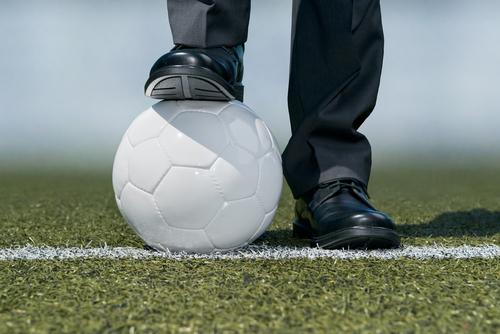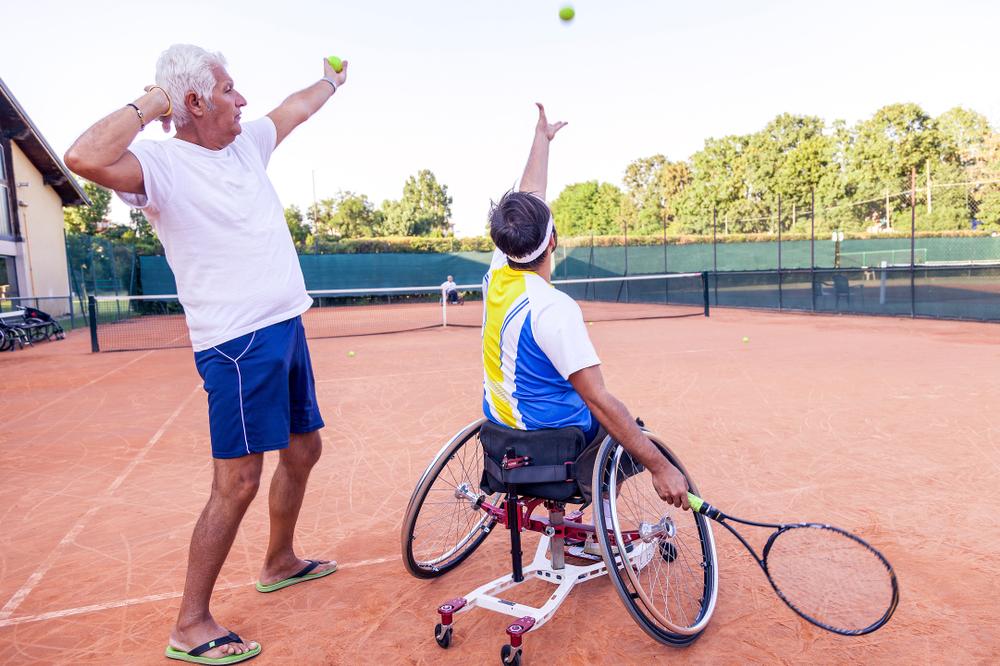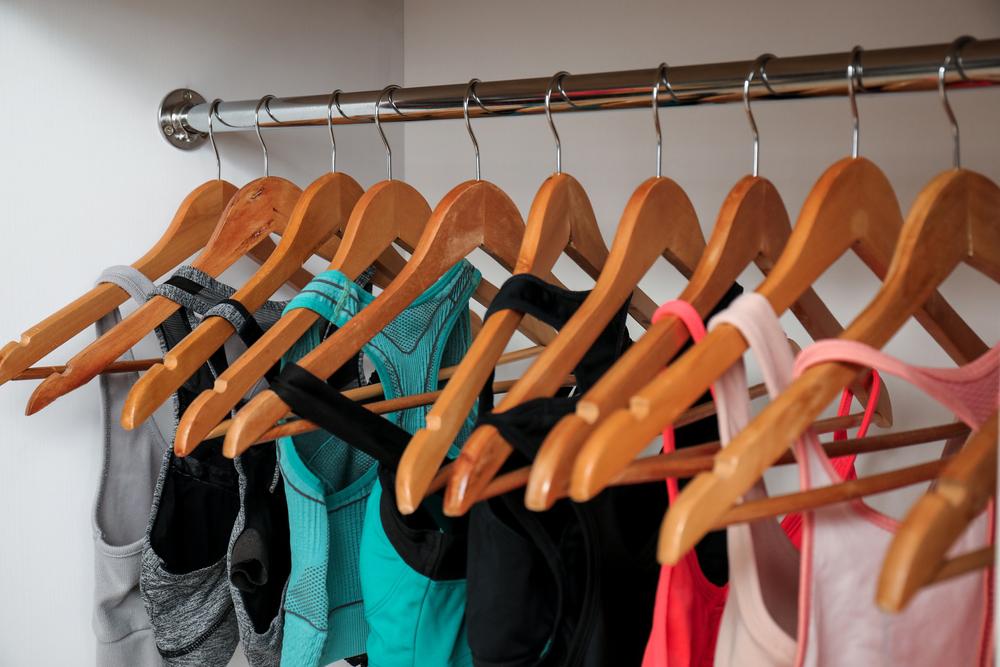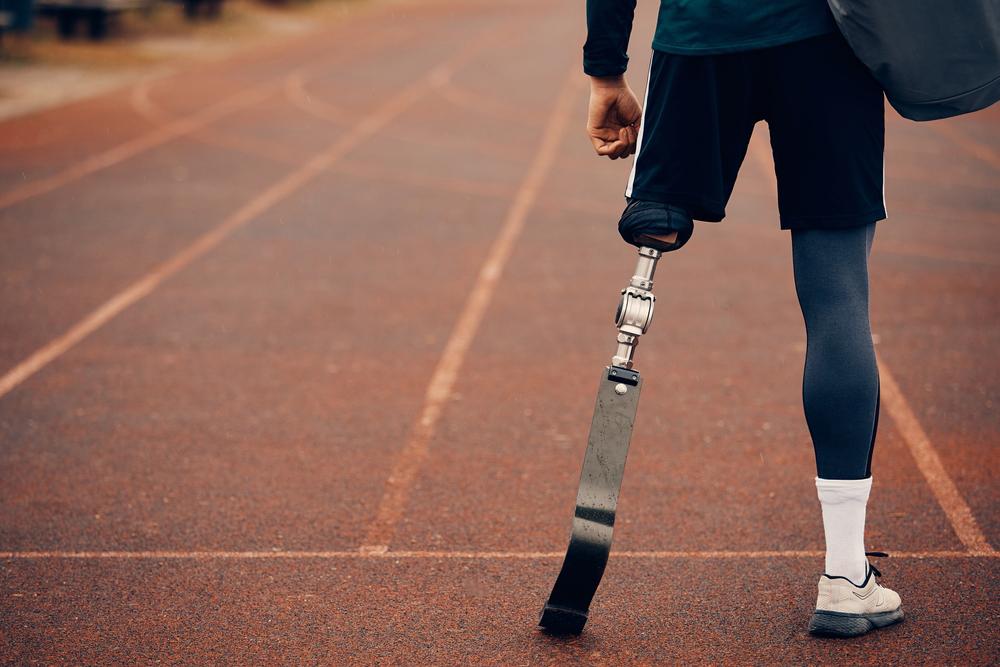Athletic directors first emerged onto the scene as directors of physical education programs at various institutions. As sports evolved during the 1970s with the passage of Title IX, this position began to encompass various sports programs as well. Accordingly, the job title continues to evolve to include much more than logistics, such as scheduling and hiring. Today’s athletic directors must be effective communicators, in tune with risk management, connected with outside resources, equipped to pivot, and extremely organized forward thinkers.
Vicki Vaughan, Director of Athletics at The Colorado Springs School and a longtime contributor to TrueSport curriculum, shares her experiences as an athletic director, coach, and passionate fan of youth athletics while explaining why your role matters.
You Hire the Coaches

Whether you hire outside coaches with a sport-specific budget or you rally teachers to take on coaching roles, as athletic director, you create a culture with the people you hire and by how you set expectations, Vaughan explains. If you think kids should be playing multiple sports throughout the year rather than specializing, you should hire coaches who share that philosophy and who will accommodate students who need to juggle practice schedules, multiple sports, academic classwork, and extracurriculars.
If your school is known for making sports accessible to all students, not just elite athletes, you should hire coaches who are invested in nurturing athletes at all levels. “If I have a coach who puts winning above everything else, then that’s not a good fit for our school,” says Vaughan. “I really focus on finding coaches who align with our school’s philosophies. Yes, it can be difficult, but finding the right coach is worth it in the long run and improves longevity with the partnership.”
When a coach fails to meet expectations, an athletic director must work with the coach on potential improvements. Sometimes, Vaughan says, that means letting a coach go, which can be difficult. But if the coach is no longer serving the students’ needs, it is the athletic director’s job to find a replacement. “Hiring coaches who are a proper fit for our school’s setting is a priority, and when I find them, keeping them is important. I’m especially partial to hiring coaches who are enthusiastic, passionate about their sport, hardworking, proactive and solution savvy, communicative, and connected to young people.” She supports the concept that the athletic director must serve as the coach of all coaches.
Establish Expectations
Our TrueSport Experts encourage coaches to create team mission statements and rules to live by, but as an athletic director, you can help shape a school-wide set of expectations and values for athletes and coaches alike. “It’s important to train coaches to send the right messages to athletes, those that reinforce your school’s philosophy and mission,” says Vaughan. For her, that includes selecting coaches who will prioritize helping athletes to meet their potential and learn through the process, not necessarily the outcome. “We work together to find that healthy, fine line between winning and learning,” concludes Vaughan.
Risk management is also a vital component in the job of athletic directors. Today’s coaches are required to be certified in CPR and concussion training while expectations around bullying prevention, heat illness, and safe environments for all athletes is increasing. “In addition to training coaches around safety issues, keeping facilities and fields safe, and designing emergency plans around all scenarios, today’s athletic directors must be prepared to accommodate all new segments of students,” Vaughan states.
Set an Example

Do you arrive early to help set up for the swim meet or stay late to talk to parents after the big game? Vaughan is clear around the importance of setting an example, adding that as the athletic director, she never asks coaches to do more than she would do herself, which is part of the reason she still coaches girls’ basketball at her school. Another reason is that she enjoys the connectedness with the players and believes that through coaching, she continues to impact young people while helping them to reach their potential.
Vaughan leads by example rather than just setting rules and regulations for others, and she models the behavior she expects from her coaching staff. “Throughout my tenure as AD, I’ve learned to work smarter and proactively, not necessarily harder, and this makes all the difference.” Vaughan adds that effective athletic directors are aware that actions speak louder than words, and recommends remembering that you are always being observed by your athletes, parents, coaches, and peers, whether you know it or not.
Create Connections
Connecting is important within the personal relationships needed for the job as an athletic director. “Building relationships is an integral part of my job and maintaining these relationships through proper communication channels is vital,” says Vaughan. “In a typical day, I connect with athletes, coaches, peers, and parents around the clock, whether in person, on the phone, via email, or even with social media.” An effective athletic director thrives in a setting with other people and enjoys making connections with an invested interest in others.
Athletic directors can also help connect coaches to experts who may be needed when dealing with crises among athletes. If an athlete is struggling with disordered eating, anxiety, depression, or any other mental health issues, a coach may not be equipped to deal with it. But as an athletic director, you can make sure that coaches have the resources they need to help athletes in crisis. Vaughan has her “rolodex of experts” on hand and ensures that all coaches in the school know that if a player is struggling, the coach can connect with an expert who can help.
Provide a Precedent
Vaughan plans to begin the fall semester by bringing in a sports psychology and motivational expert to talk to all the athletes in her school. She hopes to encourage students to get involved and play more school sports (something that many schools have been struggling with in the wake of the pandemic). Another reason is to set the precedent that bringing in experts to speak with athletes is a great practice that coaches can implement throughout the season.
“Whenever messaging to athletes can be reinforced with outside speakers and professionals, it places an emphasis on the content and makes a larger impact,” adds Vaughan. “Utilizing other voices to help drive home a message or establish a cultural norm within the athletic department is much more effective than when I speak on my own.”
The Best Athletic Directors Go Unnoticed

“Being an athletic director is often a thankless job. It sounds a bit counterintuitive, but a lack of recognition is commendable in most cases,” says Vaughan. When people remain unaware of your duties (e.g., scheduling practices and game times, coordinating transportation, ordering equipment and uniforms, planning with other schools in the district, handling game-day setup and tear down, etc.), that is usually a sign that things are operating steadily. But when events don’t run smoothly, communication isn’t clear, or there are scheduling glitches, this typically means there are issues to iron out and better work to be done.
“So much of the work is done before the actual event takes place, and planning ahead—envisioning various scenarios and anticipating outcomes— is a good practice,” add Vaughan. An example is when athletic directors are planning for outdoor games and weather becomes an issue. Will the scenario require a date or time change? Is there a weather plan in place to protect attendees? Have the officials been contacted? Who do I need to speak to at the opposing school? “I’ve learned through trial and error that too much planning is better than just enough,” says Vaughan.
_________________
Takeaway
As athletic director, your role encompasses so much more than simply scheduling and hiring. It’s easy to get caught up in the day-to-day work that goes with the athletic director position, but in the larger picture, you are capable of creating and reaffirming a culture of sport in your school that will help athletes succeed on and off the court. Help your coaches by clearly defining the principles and values that you want your school’s athletes to maintain, be a positive example, and make sure that you are helping to create a safe environment while nurturing connections where needed.



